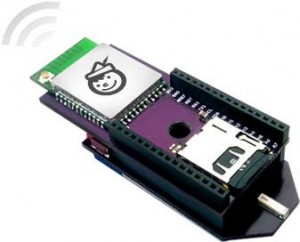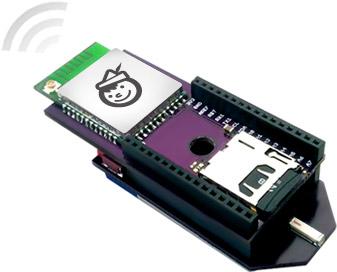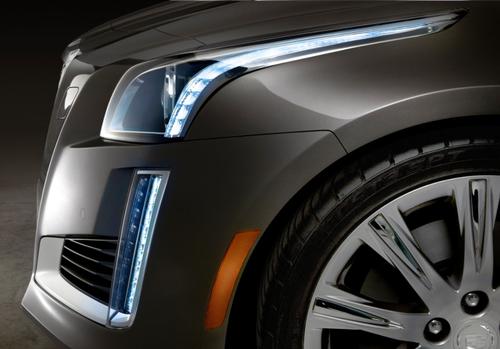
As demand increases for more and more devices and appliances to be connected wirelessly to each other and the network, technology is emerging to provide built-in connectivity at the device development level.
Pinoccio is one of the latest companies hoping to take advantage of the technology potential of the Internet of Things by offering a microcontroller they claim can allow everything from your house to your bicycle to “that thing you just 3D printed” to interconnect.
Company co-founder Eric Jennings said this in an email to Design News:
With Pinoccio, you can take anything physical around you — a lamp, a garden, a quadcopter, or even an art exhibition — and connect it to the Web. The way it does this is a mix of hardware, wireless networking, and an API that we’ve built into each board. Every Pinoccio device has a unique URL that you can view in a Web browser to monitor or actuate it.
Pinoccio allows devices to communicate with the WiFi network and each other mainly via mesh networking. Pinoccios are equipped with radios that support wireless and over-the-air programming with 2.4GHz connectivity using the 802.15.4 wireless standard. Web connectivity is available using a WiFi shield.
Jennings said battery life and ease of use have been two areas Pinoccio’s developers have focused on to make it especially conducive to creating an Internet of Things. “Our battery life is extremely good — we can get years out of a battery charge now,” he told us. Specifically, Pinoccio has a rechargeable lithium-ion battery that can go for 400 days, or 9,615 hours, with just the MCU running.
The radio, however, takes up a bit more juice. With both the MCU and radio running at full power, Pinoccio has 28 hours of battery life. With the MCU only running and the radio asleep the microcontroller’s battery has 122 hours, or five days of power.
On ease of use, Jennings said designers of Pinoccio tried to make the connection between hardware, network, and web so seamless that “within five minutes of opening a Pinoccio package, you can have hardware pushing data to a Web page, or the Web page controlling the hardware,” he told us. “What you do after that is only limited by your imagination.”
Other specs of Pinoccio include, among others, an onboard temperature sensor and RGB LED, as well as an external switch support for custom enclosures. Pinoccios are designed to be compatible with the Arduino open-source hardware platform; in fact, developers can use Arduino tools to upload software to Pinoccio devices. The Arduino connection is also where the microcontroller gets its name. “Arduino is a big inspiration for us,” he said. “We consider Pinoccio to continue the Italian heritage, but has its wires cut, just like the boy in the story.”
Pinoccio is not the only startup hoping to take advantage of the technology potential of the Internet of Things. If you remember, Thingsquare is tackling the problem of connectivity one step below the microcontroller level, with an OS that can be embedded into the microcontrollers themselves to offer wireless networking capability.
Source: http://www.designnews.com/author.asp?section_id=1386&doc_id=262548&itc=dn_analysis_element&







